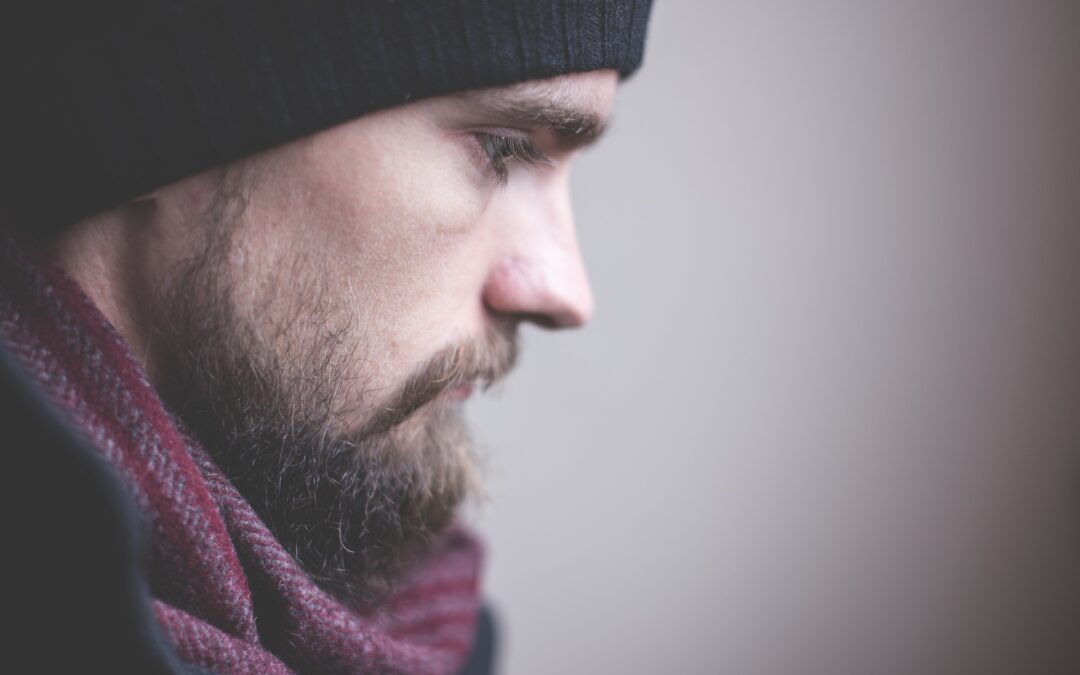As we recognize Suicide Prevention month, let us work together to stop the increasing number of people who are thinking about suicide, planning it, and dying from it. Suicide is one of the top ten leading causes of death in the United States and the second leading cause of death among individuals under the age of 35. Over half of us know someone who has died by suicide and one third of us will experience suicide-related grief. Almost 5% of our population will make a suicide attempt and 3-10% of those attempts will result in death. Fortunately, national efforts, such as those from the National Suicide Prevention Network, are offering data-driven ways to help.
Suicide is a public health crisis and it is being addressed from many different angles. For example, psychological scientists are creating new interventions based on research from digital applications used to understand what individuals who are at risk for suicide are thinking from moment to moment. Psychologists are trying to influence policy makers by pointing to the data and joining gun violence prevention organizations because guns account for more than half of all suicides. Educators are using the research to train researchers, providers, and the public on suicide prevention. Behavioral health providers, who understand the value of the therapeutic relationship and its effect on reducing patients’ social isolation, are competent in their abilities to empower their patients, motivate them to adhere to evidence-based therapies, teach them emotion-regulation strategies, and develop suicide management plans that include building resilience, reducing distress, accessing supports, and promoting social contentedness. In order to effectively prevent suicide, we must all come together and help where we can.
According to the Suicide Prevention Resource Center, a comprehensive approach to suicide prevention includes, but is not limited to, identifying and assisting those at risk, increasing help-seeking behavior, ensuring access to treatment, and effectively responding to individuals in crisis. All of us will benefit from being sensitive to warning signs (for example, hearing someone talk about wanting to die, feeling hopeless, helpless, or being a burden to others; observing sleep changes, agitation, or social withdrawal), risk factors, (for example, mental and substance use disorders, impulsive and/or aggressive tendencies, history of trauma, chronic illnesses, recent losses, access to firearms, stigma associated with asking for help), and protective factors (for example, effective care, supportive connections, reasons for living, cultural and religious beliefs that discourage suicide, hope). If someone you know is at risk, follow the five steps from BeThe1To.com, a suicide prevention website from the National Action Alliance for Suicide Prevention and the National Suicide Prevention Lifeline. When communicating with those at risk, LISTEN TO UNDERSTAND. It saves lives. A number of hotlines are available, such as the National Suicide Prevention Lifeline (1-800-273-8255), and the Crisis Text Line (Text HOME to 741741) for free and confidential support any time of the day.
Suicide Lies. Kevin Hines, who survived a suicide attempt on the Golden Bay Bridge, said this, “Instant regret, powerful, overwhelming. As I fell, all I wanted to do was reach back to the rail, but it was gone. The thoughts in those four seconds, it was ‘What have I just done? I don’t want to die. God please save me.'” Kevin Briggs, a patrol officer at the bridge who talked dozens away from jumping said this, “That connection, or bridge that we make, is something that each and every one of us should strive to do. Suicide is preventable. There is help. There is hope.”

